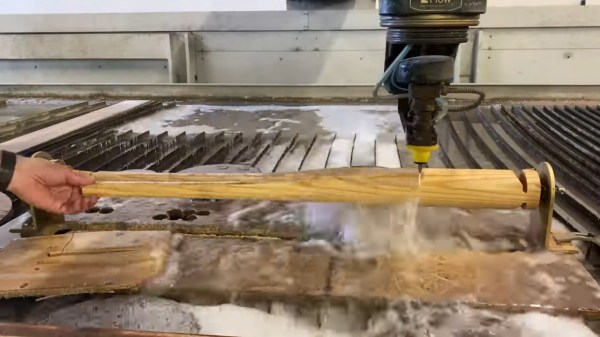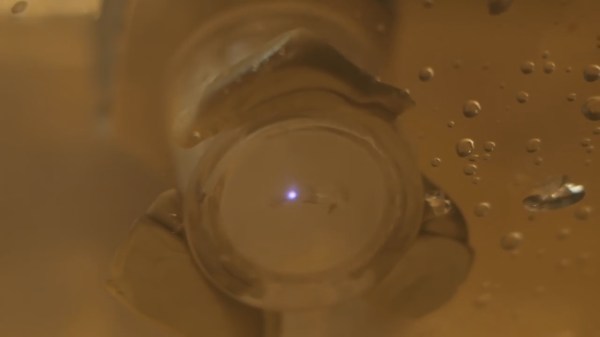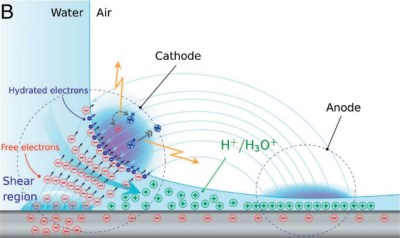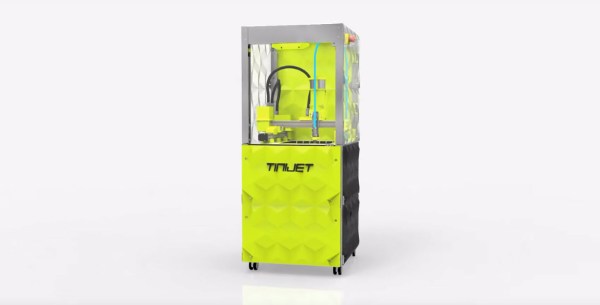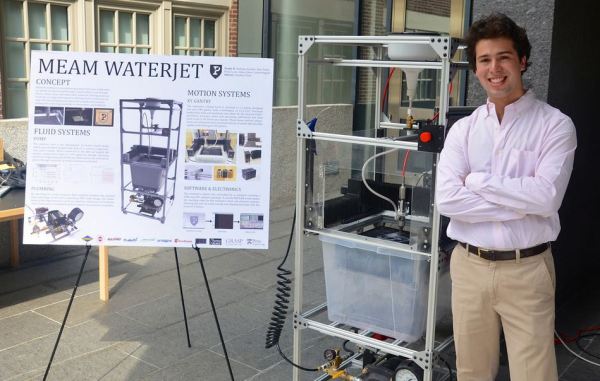On the shortlist of dream tools for most metalworkers is a waterjet cutter, a CNC tool that uses insanely high-pressure water mixed with abrasive grit to blast sheet metal into intricate shapes. On exactly nobody’s list is this attachment that turns a waterjet cutter into a lathe, and with good reason, as we’ll see.
This one comes to us by way of the Waterjet Channel, because of course there’s a channel dedicated to waterjet cutting. The idea is a riff on fixtures that allow a waterjet cutter (or a plasma cutter) to be used on tubes and other round stock. This fixture was thrown together from scrap and uses an electric drill to rotate a wood blank between centers on the bed of the waterjet, with the goal of carving a baseball bat by rotating the blank while the waterjet carves out the profile.
The first attempt, using an entirely inappropriate but easily cut blank of cedar, wasn’t great. The force of the water hitting the wood was enough to stall the drill; the remedy was to hog out as much material as possible from the blank before spinning up for the finish cut. That worked well enough to commit to an ash bat blank, which was much harder to cut but still worked well enough to make a decent bat.
Of course it makes zero sense to use a machine tool costing multiple hundreds of thousands of dollars to machine baseball bats, but it was a fun exercise. And it only shows how far we’ve come with lathes since the 18th-century frontier’s foot-powered version of the Queen of the Machine Shop.
Continue reading “Turning A Waterjet Cutter Into A Wood Lathe, For No Reason”

